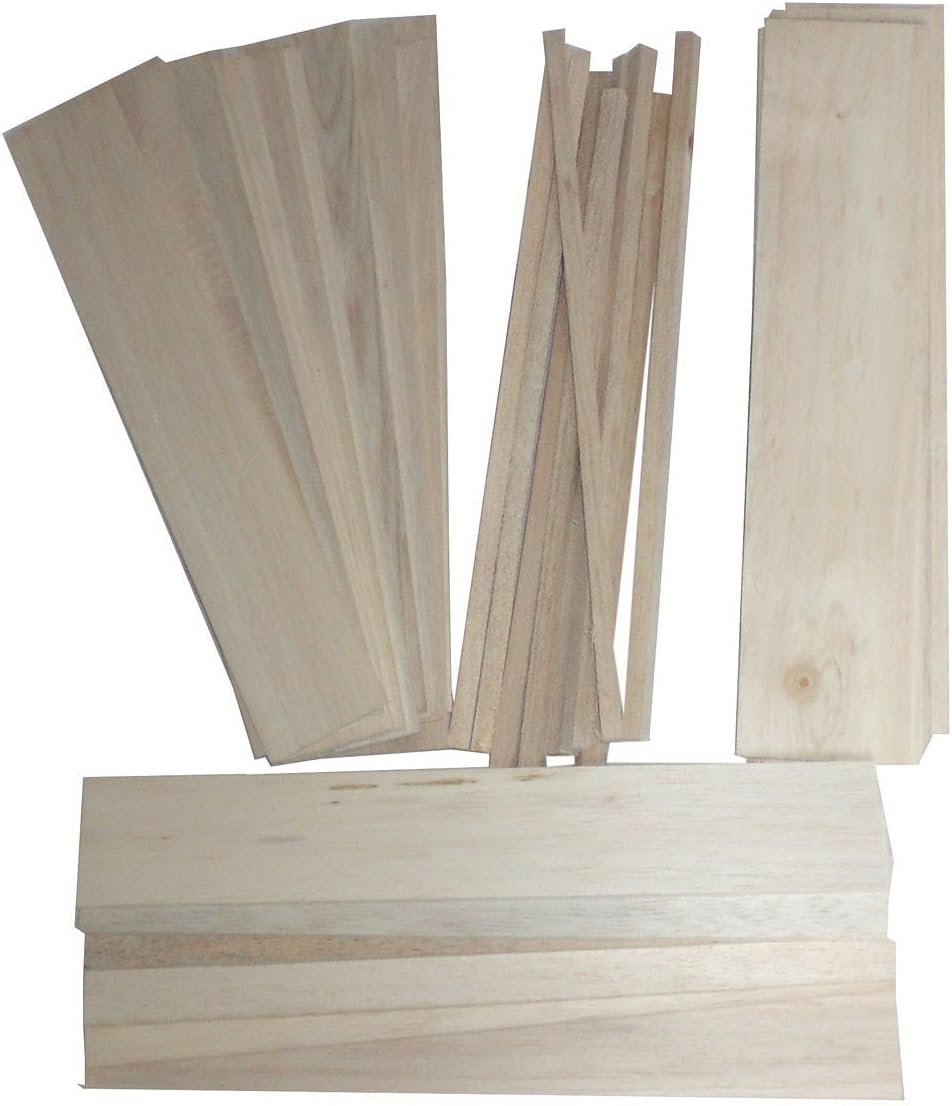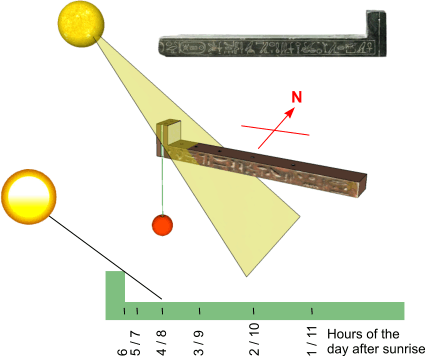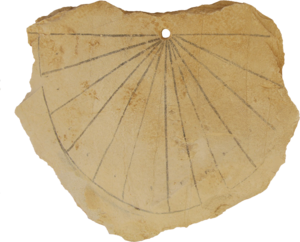Ancient Egyptian Sundials: Difference between revisions
From DT Online
No edit summary |
mNo edit summary |
||
| Line 11: | Line 11: | ||
Sunrise at the [https://en.wikipedia.org/wiki/Summer_solstice '''Summer Solstice'''] of the time would have been at around 6am and so Noon ''(when the sun is directly overhead)'' would have been the 6th hour of the day. A '''[[Ancient Egyptian Survey Tools|Merkhet]]''' would need to be oriented to the East for the morning hours and West after Midday. A hand-held '''[[Ancient Egyptian Survey Tools|Merkhet]]''' would also have to be held horizontal. To achieve this, each '''[[Ancient Egyptian Survey Tools|Merkhet]]''' discovered has a small vertical groove at one end and this could have been used to guide the built-in '''[[Ancient Egyptian Survey Tools|Plum Bob]]'''. There is some speculation that a cross bar might have been added to the upturned end to widen the shadow cast and there are small indentations on some '''[[Ancient Egyptian Survey Tools|Merkhets]]''' discovered which might support this. '' | Sunrise at the [https://en.wikipedia.org/wiki/Summer_solstice '''Summer Solstice'''] of the time would have been at around 6am and so Noon ''(when the sun is directly overhead)'' would have been the 6th hour of the day. A '''[[Ancient Egyptian Survey Tools|Merkhet]]''' would need to be oriented to the East for the morning hours and West after Midday. A hand-held '''[[Ancient Egyptian Survey Tools|Merkhet]]''' would also have to be held horizontal. To achieve this, each '''[[Ancient Egyptian Survey Tools|Merkhet]]''' discovered has a small vertical groove at one end and this could have been used to guide the built-in '''[[Ancient Egyptian Survey Tools|Plum Bob]]'''. There is some speculation that a cross bar might have been added to the upturned end to widen the shadow cast and there are small indentations on some '''[[Ancient Egyptian Survey Tools|Merkhets]]''' discovered which might support this. ''<span style="color: green">['''DT Online:''' Equally, the indentations could have been used to locate packing pieces to accommodate the different heights of the sun in the various seasons - or neither of these explanations!]</span>'' | ||
Revision as of 17:12, 9 October 2016
Description
The Egyptians divided the day into two cycles of 12 hours each and conceived the modern 365-day, 12 month calendar by adding five days to the Babylonian 360-day calendar. The ancient Egyptian civil calendar had three season: 1-Akhet (Flooding); 2-Peret (Growing or Sowing); and 3-Shemu (Harvest). Each season had four months with 30 days. The additional five days were tacked onto the end of Harvest and set aside for feasting during the annual flooding of the Nile.
Text and illustrations of the time suggest that the Merkhet was used to mark time at night by noting when particular stars sank below a horizon line. Some design features of the Merkhets discovered, and inscriptions or markings on them, suggest that they may also have been used as Shadow Clocks or Sundials.
Sunrise at the Summer Solstice of the time would have been at around 6am and so Noon (when the sun is directly overhead) would have been the 6th hour of the day. A Merkhet would need to be oriented to the East for the morning hours and West after Midday. A hand-held Merkhet would also have to be held horizontal. To achieve this, each Merkhet discovered has a small vertical groove at one end and this could have been used to guide the built-in Plum Bob. There is some speculation that a cross bar might have been added to the upturned end to widen the shadow cast and there are small indentations on some Merkhets discovered which might support this. [DT Online: Equally, the indentations could have been used to locate packing pieces to accommodate the different heights of the sun in the various seasons - or neither of these explanations!]
A more conventional sundial dating to the 13th century B.C. and considered one of the oldest Egyptian sundials, was discovered in Egypt's Valley of the Kings, the burial place of rulers from Egypt's New Kingdom period (around 1550 B.C. to 1070 B.C.). The sundial is made of a flattened piece of limestone, called an Ostracon, with a black semicircle divided into 12 sections drawn on top, 15 degrees apart. Small dots in the middle of each of the 12 sections may have served to give more precise times. A dent in the centre of the Ostracon probably marks where a metal or wooden bolt was inserted to cast a shadow and reveal the time of day.
- Structures and Frames can also be modelled using the Construction Kits listed in the Truss Bridges and Looking at Bridges articles.
Safety Point! Take great care with hot glue guns and all hot-melt glues. The melted glue can stick to the skin and cause severe burns.
 |
 |
 |
 |
 |
 |
 |
 |
 |
 |
 |
| Junior Hacksaw |
Clamp-on Hobby Vice |
Stripwood |
Balsa Wood |
Medium card coloured |
Thick card coloured |
Cutting Mat |
10mm Squared Paper |
PVA glue |
Glue Gun |
Bamboo Flower Sticks |
Notes:
- Choose metal cutting hacksaw blades - the teeth are small which suits this scale of work and they are safer for young children
- School PVA glue is best for young children because it is non-toxic and washes off : PVA Wood Glue is strongest but must be used with care.
- Try to get natural Flower Sticks or wear gloves because the green stain comes off on hands!

